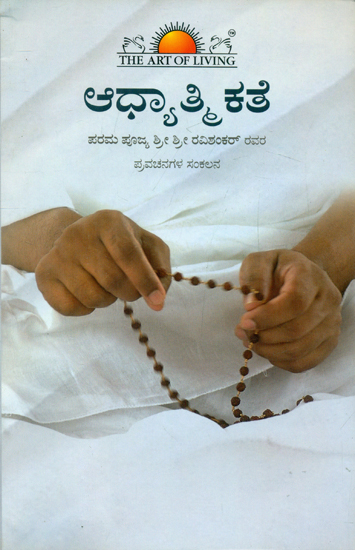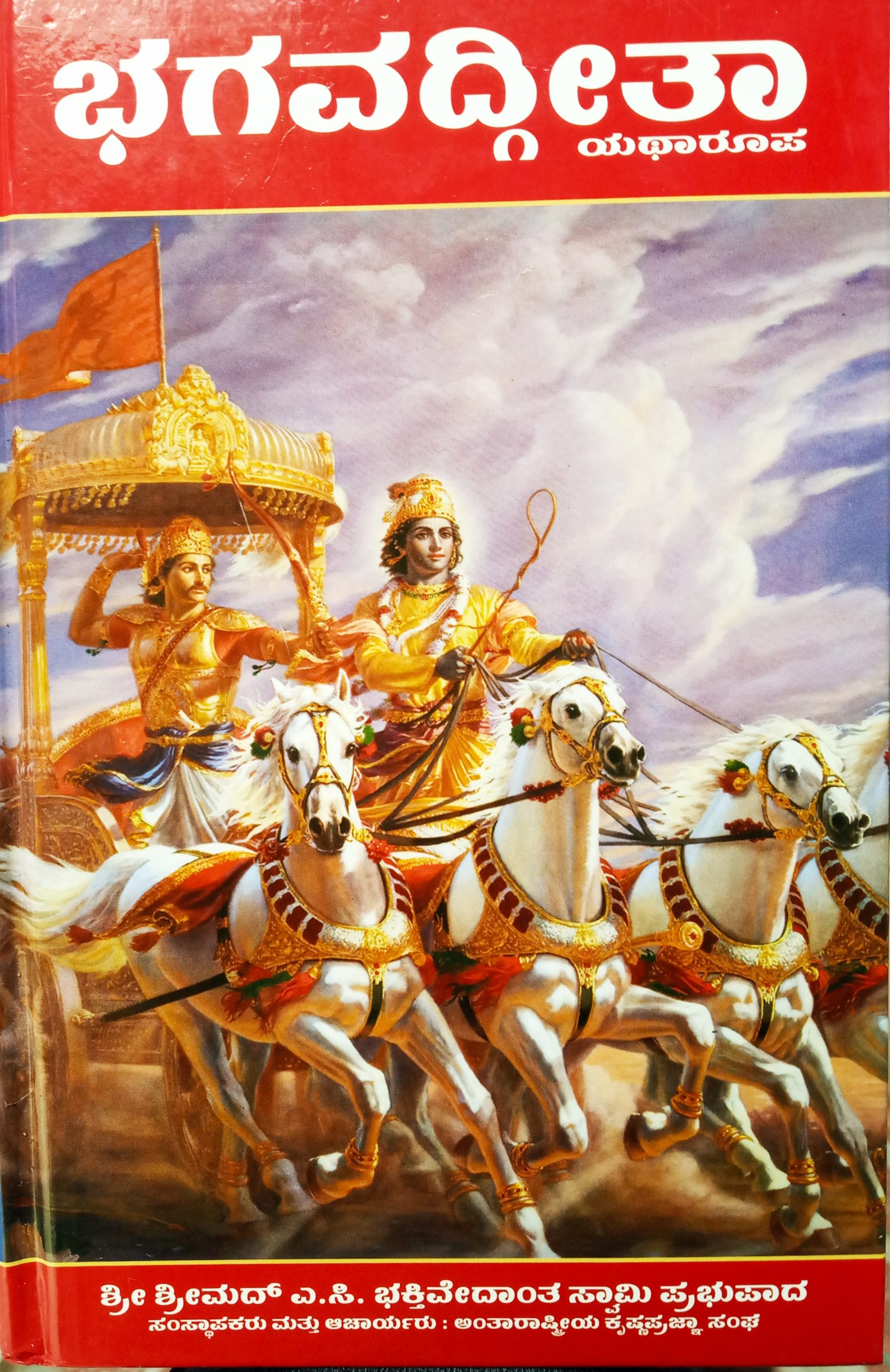


Each one of us reacts to his surroundings intellectually as well as emotionally. In each one of us there is Prajna and Pratibha, however veiled its workings may be. The faculty which helps man to realize the aspect of truth is reason, whereas the faculty which incites him to enjoy the aspect of beauty is imagination. “Well, what is literature? Why does the writer create it? Why does the reader read it? From where does come the urge to write a beautiful poem, a drama or a story? The universe where man lives presents him with two aspects – one the Truth and the other Beauty. In enumerating some of the characteristics of Kannada literature, E.P.Rice remarks thus: “I am afraid it must be confessed that Kanarese writers, highly skillful though they are in the manipulation of their language, and very pleasing to listen to in original, have as yet contributed extremely little to do the stock of the world’s knowledge and inspiration. Literature, whether ancient, mediaeval or modern, has the same purpose and the same function, in spite of the differing garbs which it is obliged to wear in accordance with the needs of the environments. With the beginning of the 20th century begins an entirely new period of Kannada literature, consequent upon the English education in India, the impact of European civilization and the introduction of Western scientific methods of research. In the 19th century, a great impetus was given to the advancement of Kannada literature by the Mysore Kings. The recent compositions are mostly in the form of Yakshaganas or rudimentary dramas which are interspersed with songs while some are in prose only. After the Vachana Sahitya comes the Dasa Sahitya which is characterized by emotional sensibility and exquisite music. The Vachanas are written in simple lucid and forceful style with the object of propagating religious and philosophical truths.

The earlier Veershaiva works are mostly in the form of Vachanas or poetical prose, and occasionally in the Ragale and Tripadi meters. The dominant feature of the Jain works is that they are Champu Kabyas or poems in a variety of composite meters with sprinkling of paragraphs in prose. About three centuries after that period, there were a few Brahmin writers and pretty large number of Veershaiva authours, and from the 15th century Brahmanical and Veershaiva works are seen in abundance. Kannada literature is roughly classed as Jaina, Veershaiva and Brahmana this classification, though convenient, is clearly arbitrary because artistic sensitiveness defies any such division, The earliest cultivators of the Kannada language were the Jains who carried this cultivation up to the 12th century. The literature of Kannada is of far greater antiquity than that of any other south Indian language except perhaps Tamil.

Kannada belongs to the Dravidian group of languages which comprises Tamil, Kannada, Telugu and Malayalam, besides dialects like Tulu, Kodagu and Gondi. He has a clear yet devout eye which always searches into the heart of things an enlightened mind which aspires after more light a keen understanding which finds the scholastic expressions insufficient to express the infinite. In giving an artistic appreciation of the sayings of Basava, we observe that Basava is copious in his coinage of new expressions, striking metaphors, witty concepts and novel terms of thought. Basava undertook this double task and carried it to a successful termination. The task of the sage is to express the supreme word in life, the task of the poet is to express the word in speech. Inspirations may be received from vital nature or from the still finer planes of consciousness. But inspiration can be received from different strata of being hence artistic creations differ in their impressions. If the inspiration can express itself with case and freedom, it becomes finally artistic. Expressiveness has degrees it varies according to the fineness of creative inspiration and the plasticity of the instrument of expression. Art is creative but its creativeness lies in expressiveness. Literature is an art and the heart of art is beauty.


 0 kommentar(er)
0 kommentar(er)
